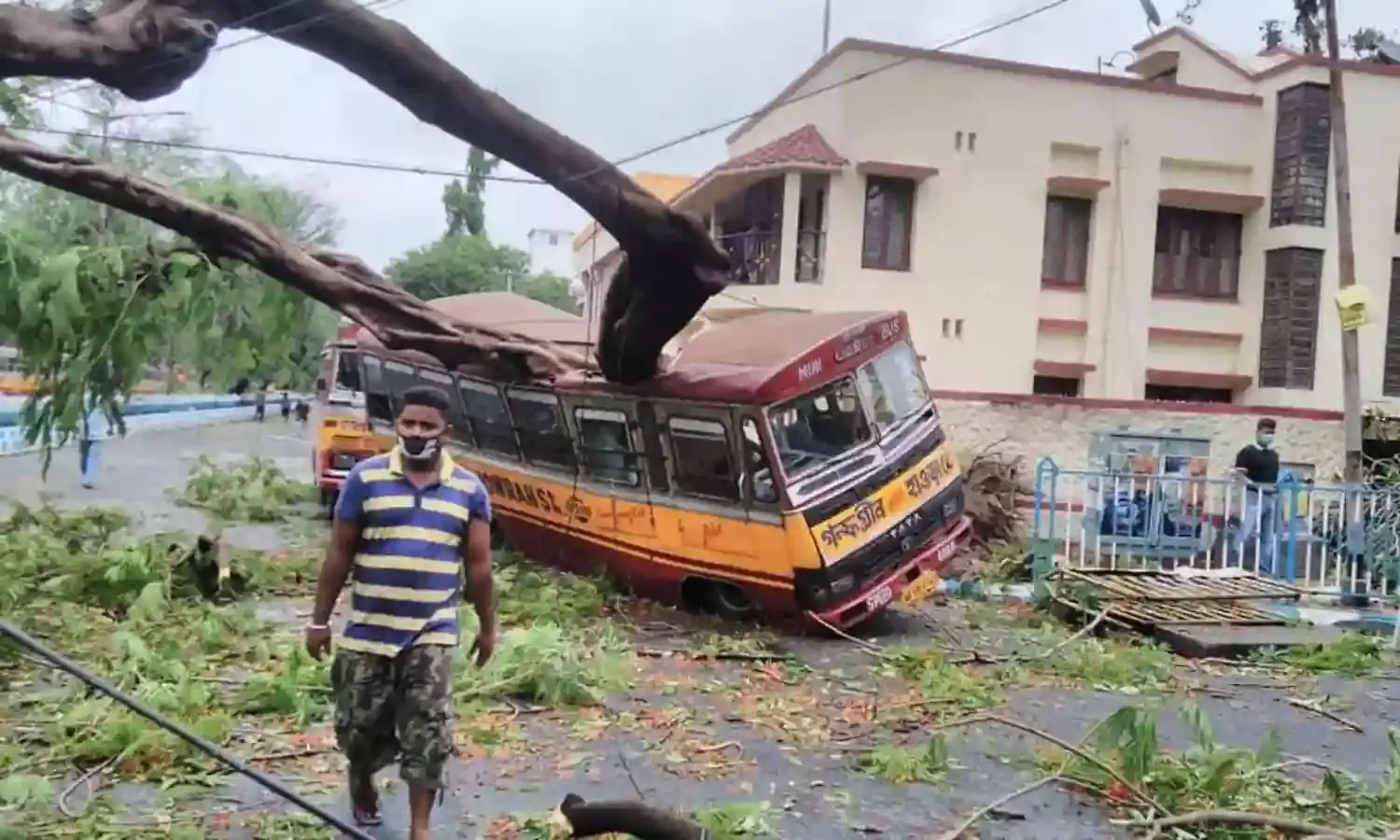Why the National Media’s Superficial Coverage of Amphan Should Scare You
National media managed only cursory reporting on the calamity
Day-57 of the national lockdown aggravated troubles for India as Cyclone Amphan ransacked eastern states of Bengal and Odisha, rendering lakhs of people helpless and homeless. While it has reportedly claimed the lives of 3 people in Odisha and 85 people in Bengal so far, the capital city of Kolkata became the epicenter of devastation. 11 of the 19 people who have died in the city were electrocuted with bodies floating on waterlogged streets before their kin could retrieve them per reports.
Yet, only international media somehow managed to cover the wreckage in the after-hours.
While the extent of damage is still being studied as some areas have been rendered inaccessible, large parts of the city experienced a total communication blackout with very few phone lines being reachable and internet being down as the city came to a standstill and some networks continue to be congested. Many parts of the city have gone without electricity for four consecutive days now and others still don’t have access to water supply.
We spoke to a few residents of the city who told us that there is no cable connection to access any news and streets were waterlogged for days, and properties have been flooded and severely damaged. Broken glass doors and windows, flying roof-top tiles and solar panel sheets, fallen lamp-posts, overturned vehicles, crushed homes and uprooted trees were some of the common sightings after Amphan’s landfall in Bengal.
Low-lying areas and older parts of the city have completely swamped and crops have been severely damaged with Odisha estimating flattening of crops in over 1 lakh acres. The economically vulnerable groups are most affected as “Kutcha” houses have been inundated and many have lost their livelihoods in addition to dried up savings due to the lockdown.
Despite this, the national media, especially broadcast media managed to only do a cursory reporting on the calamity.
What is without a doubt national news and deserves thorough reporting and call for being labelled as a “national disaster”, especially in the middle of a global pandemic, failed to register with most media houses.
Scanty and perfunctory coverage by select few channels led to public outcry with netizens calling the media out for practicing “social distancing with Bengal”. Odisha had even lesser reporting on a national scale.
On top of token reportage, few leading media channels deemed it fit to share the picture of a purple sky, often spotted after a storm, as seen over Bhubaneshwar by many residents after the “storm passed” on their official social media handles on Thursday, instead of addressing the extent of damage, thereby romanticizing, underplaying, invalidating, and blatantly ignoring the urgency and scale of the devastation.
The show runners of the central government, often quick to comment publicly, expressed their solidarity with the affected states via official statements with much lag.
While a strained Centre-State equation coupled with impending political ambition and tightness of funds due to covid, explain the nominal “interim” economic resources given to the states by the Centre, the media negligence points towards another tale.
The commonalities in treatment highlight India’s longstanding and continuous apathy and neglect of the eastern belt, thus propagating alienation by creating a void and fueling regionalism shaping our cultural and political landscape.
It is the same section that will go in a frenzy over Bengal elections in the coming year.
Primetime in the past few days will tell you how their political appeasement takes centre-stage by incessantly focusing on and obsessing over re-opening of airports, never-ending Yogi government versus Priyanka Gandhi rift over buses for migrants and reporting on Shivling and terracotta figurines emerging from Ayodhya’s Ram Mandir site were more worthy of crucial news hours. Even the Palghar lynching incident was aired for weeks.
This should horrify us about the state of our national media as they are only and increasingly interested in carrying, airing, augmenting or manufacturing news with communal and political tones, thereby shaping the mood of the nation.
As serious and honest journalism goes down the drain, once again, we must aggressively find alternatives to them.





